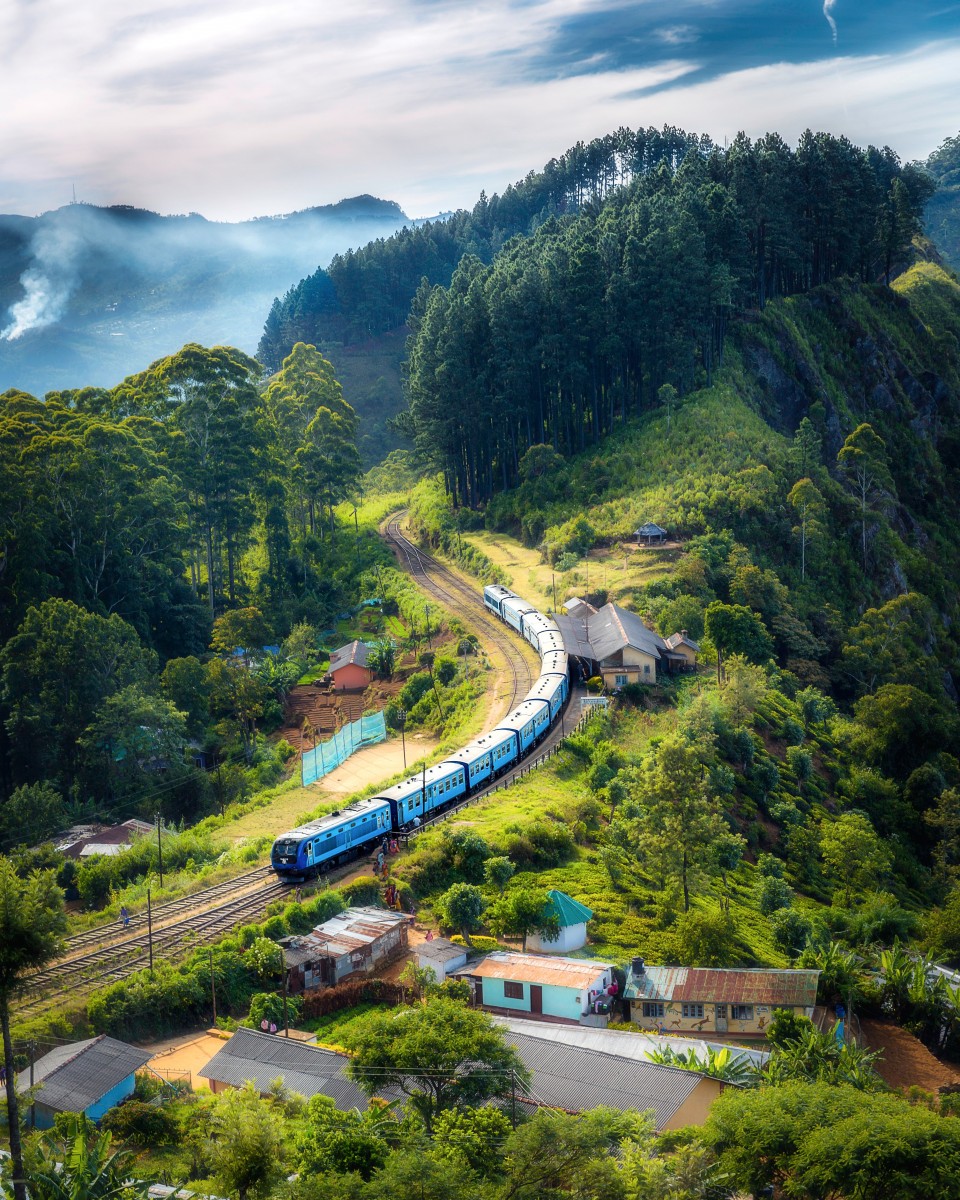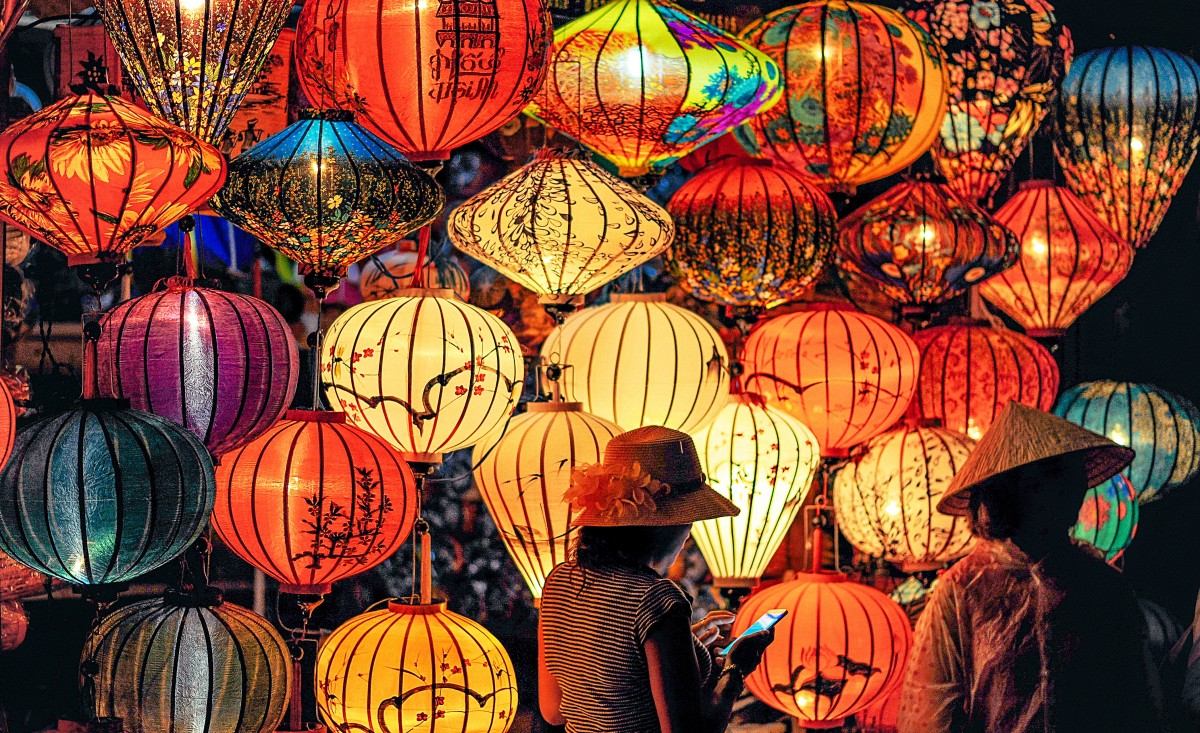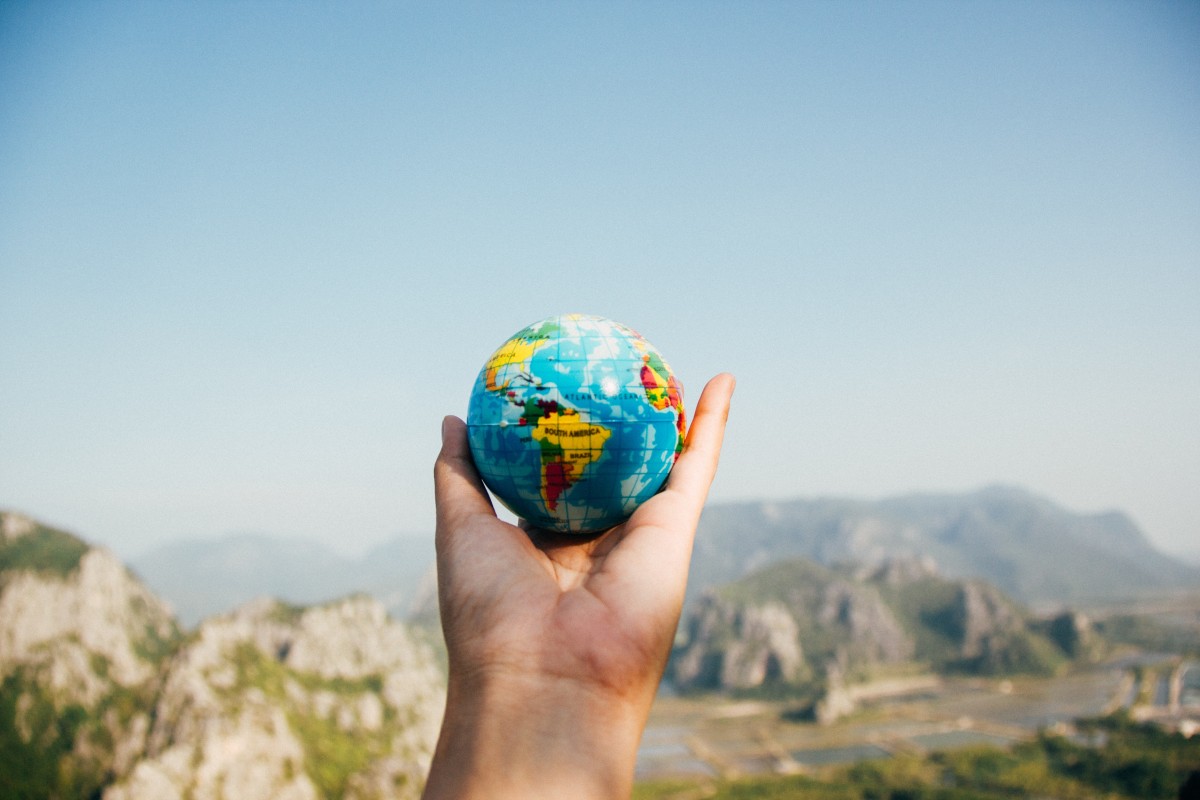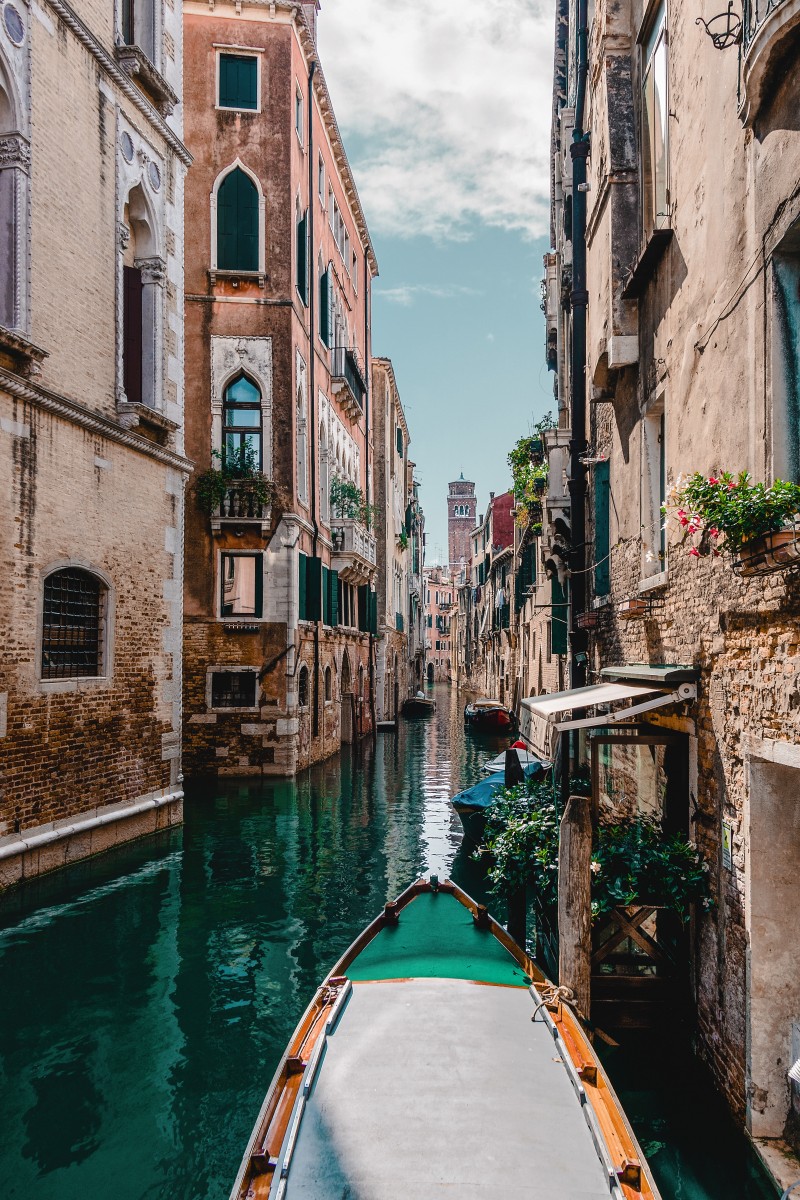 To celebrate the start of a new decade, we’ve taken a look at the future of travel to form a list of the biggest 2020 travel trends.
To celebrate the start of a new decade, we’ve taken a look at the future of travel to form a list of the biggest 2020 travel trends.
What’s hot in travel has changed significantly over the past decade. Following the publication of our January newsletter focused on 2020 travel trends, here are five of our favourites:

Sustainability and Conscious Travel
With sustainability and climate change now on the agenda for all, it’s not surprise that conscious travel has become increasingly important in the travel industry. As people become more and more aware of their impact on the environment, the purpose of their travel is shifting. From solo to family to luxury, travel companies are talking about sustainability and educating customers and guests on how to prioritise their journey’s impact on the planet, on local communities and on themselves. Travel is becoming more about who you can be and what you can do while you’re on the road and less about where you can go.

Personalised Experiences
When it comes to booking trips in 2020, personalised service and a tailored experience are going to be key. It’s no longer about the best hotel in the best location. Travellers are looking at cultural experiences and want to learn more about the destination they’re visiting from a local’s perspective. They want an unusual experience that isn’t available anywhere else, so there’s a growing trend towards smaller, one-off boutique hotels and unique places to stay, and people are prepared to pay more for these one-of-a-kind experiences.

Women-Only Trips
Back in 2019 female-only travel was still a relatively small part of the market but we’ve noticed a growing demand for cultural adventures and activity-focused tours, where all-female groups can boost confidence and encourage other women. Excursions could be focused on trying a male-dominated sport, without feeling the pressure to perform to a certain standard, for example.

Micro-cations are not Exactly ‘Micro’ Anymore
The “micro-cation” trend of choosing short and frequent trips over longer one-week holidays has seen a huge rise in popularity over the past years. Short breaks were mostly popular with millennials who are more likely to spend their money on experiences rather than saving it for the future. That’s no longer the case, as the option to have a micro-cation has become popular among those of all ages. Business travellers, for example, are choosing to add a few days of annual leave to a work trip, to allow time to explore the destination they’re visiting. Shorter trips are also becoming increasingly attractive to those who have a busy schedule but are still keen to recharge and unwind in shorter and more frequent intervals.

Second Destinations
Overtourism isn’t great for vulnerable destinations such as Machu Picchu and Venice, so it’s no surprise that one of 2020’s biggest travel trends is to visit a ‘second city’. According to a Booking.com report, 51 per cent of travellers would swap their original destination for a similar alternative if it meant making less of an environmental impact. Opting for a second city on your next trip could result in a more ‘authentic’ and enjoyable travel experience. We suggest you swap the beautiful but expensive and crowded Venice for a place like Treviso for example, which is like a small Venice, minus the tourists. Its historical walled centre is dotted with medieval churches, cobblestone streets, red-brick palaces and tiny old canals that connect buildings, gardens and piazzas.
The travel industry is one of constant change and growth, and we are curious to see how things will evolve and what other trends will emerge in the upcoming months. Make sure you subscribe to our monthly newsletter here to stay up to date.
